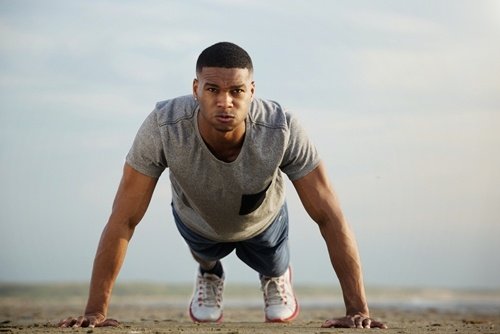- Help Center
-
1-800-774-7785Login

Blog
What athletes can learn from their physical therapists

Athletes use their bodies to achieve great feats of strength, speed and endurance. All of that wear and tear can take a toll on the skeletomuscular system, leading to sudden or chronic injuries. Athletes who work with physical therapists can learn a lot about how to heal their current injuries, how to prevent new ones and even how important mental health is to the recovery process.
Physical therapy can prevent injuries
Most often, physical therapists are tasked with helping people recover from injuries or surgery, but they can also play a role in injury prevention.
Fitness Magazine noted that many injuries are caused by existing weaknesses. Working to correct those weaknesses can play a key role in injury prevention. The magazine noted that rates of ACL injuries are lowered when individuals participate in physical therapy training.
By paying attention to their bodies, athletes can start identifying these weak points early on. For instance, stretching can be a prime indicator of weakness in any athlete. If you start to experience pain when reaching for your toes or squatting, it could indicate areas that need to be worked on.
Motivation means everything
Physical therapy is hard work, so it should come as no surprise that motivation plays a key role in recovering from injuries. In the world of competitive sports, athletes are often looking to recover as fast as possible, so they can get back on the field. While there’s no instant fix for any injury, staying motivated will help individuals reach their goals on time. Utica College noted that motivation often stems from a trusting relationship between therapist and patient so it’s important to establish clear and open communication with your physical therapist early on while strictly following their recommended exercise regimens.
Staying motivated is easier if you’re a top athlete that’s developed the habit of regular exercise. But, if you’re new to a regular exercise regimen, you may need more support from your physical therapist, so be sure to learn the benefits of each exercise you’re engaged in to give yourself more motivation to push through the pain.
Everyone recovers differently
When physical therapists treat athletes, their routines are targeted towards preparing them for a specific task. In other words, a soccer player and a tennis professional will probably have distinct training programs. So, expect that your training program may be vastly different from a fellow teammate. On top of these skill-based differences between teammates, it’s important to remember that each person recovers differently and is highly dependent on his or her prior level of fitness, genetics and motivation.
Chief of sports medicine and professor of orthopedic surgery at Emory University Hospital, John Xerogeanes, M.D., said to Outside Magazine, “Biology only lets you recover so fast, so it’s not like pro athletes’ cells are going to heal faster than our cells. But the other structures around their knees—or whatever they’ve hurt—are so strong and so much better than ours, they’re going to protect the part that’s healing and help it get stronger in less time.”
Understanding this aspect of the healing process can help athletes follow their therapist’s treatment plan more closely, especially considering that an athletes health history and fitness level are the very foundation on which the physical therapists regimen is based upon.
